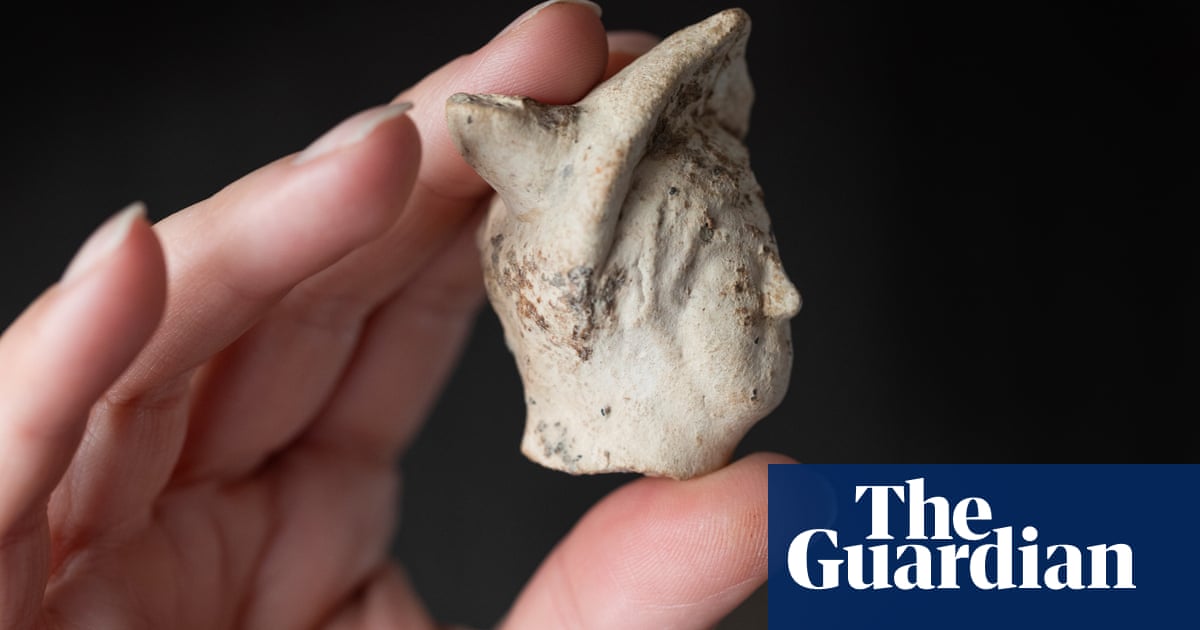
As English Heritage welcomes thousands of visitors over the Halloween period, a new discovery has made Gainsborough Old Hall in Lincolnshire a clear contender for the spookiest site of them all.
The charity has uncovered a “staggering array” of witches’ marks and rare curses carved into the walls of the Tudor property, once visited by Henry VIII and his fifth Queen, Catherine Howard.
Rick Berry, a volunteer at English Heritage, discovered and mapped about 20 ritual protection, or apotropaic, marks – among the most identified at any of the charity’s 400 sites.
Witches’ marks were traditionally made to turn away evil, providing protection to buildings and those who lived or worked within them against demons, witches or the evil eye.
Berry discovered a particular concentration of marks in the Old Hall’s servants’ wing, including flowers with six petals carved within a simple circle – known as daisy wheels and hexafoils – that were believed to trap demons.
There were also overlapping letter Vs, or Marian marks, believed to call on the Virgin Mary for protection, as well as a pentangle, which, despite modern connotations, was originally used to protect against evil. There were about 100 burn marks, believed to protect against fire.
The research also revealed a number of curse inscriptions, something unprecedented at an English Heritage site.
The hall’s surviving structures were built by Sir Thomas Burgh II in the late 15th century, and the property was the seat of the Burghs from 1430 to 1596, before being sold to a merchant family, the Hickmans, who resided there until around 1730.
It is believed the curse inscriptions were made around the time that the merchant William Hickman owned the property, owing to his notorious unpopularity. In one inscription, Hickman’s name is written upside down (the practice of defaming a name was thought to curse the named person).
According to English Heritage, Hickman was a ruthless businessman, asserting his rights as the owner of the manor and manipulating his authority to maximise his control and income.
He enclosed areas of common land, contested local market rights, levied tolls on river goods, and sought to open up the Gainsborough market to traders from London. One complainant called him a “threadbare fellow”.
Kevin Booth, the head of collections at English Heritage, said: “It is astonishing that centuries on the amazing old buildings in our care still have secrets waiting to be discovered.
“The Old Hall has undoubtedly had a tumultuous past, not least under the ownership of the apparently unpopular William Hickman, but why it’s the scene of quite such a high concentration of protective carvings remains a mystery.”
Despite the apotropaic marks, there have been a number of ghostly sightings at the hall. Many believe it is haunted by Elizabeth Burgh, Sir Thomas Burgh II’s daughter.
The story goes that Elizabeth was ready to run away with her lover, a poor soldier or servant, when her father found out about their plans and locked Elizabeth away in one of the rooms. She died shortly after from a broken heart, and her tortured soul still haunts the hall in search of her lover. People have reported seeing her ghost emanating from the Tower Room.
Other English Heritage sites where protective carvings have already been identified include Boscobel House and The Royal Oak, Bolsover Castle, Kirby Hall, Harmondsworth Barn, Stokesay Castle, Audley End and Deal Castle.











